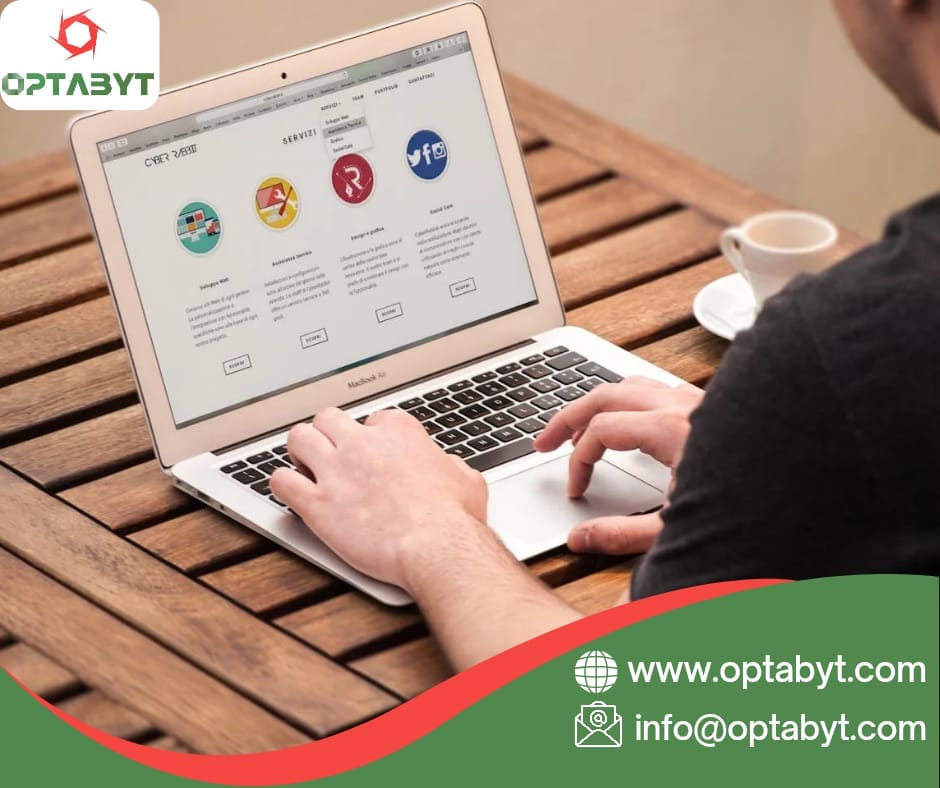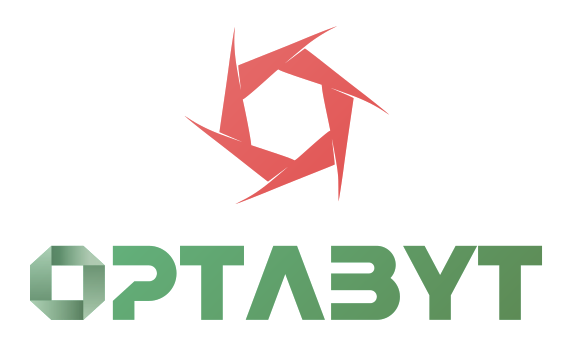
Table of Contents
ToggleE-commerce Development: How to Build a Successful E-commerce Business in Norway
Table of Contents
Introduction
Online shopping in Norway is thriving. With over 90% of Norwegians using the internet regularly and a strong preference for digital transactions, it’s no surprise that the demand for utvikling av netthandel (e-commerce development) is booming. Businesses across the country—from Bergen to Oslo—are launching online stores to expand their customer reach, automate operations, and future-proof their brands.
But what does it actually take to build a successful e-commerce website? This article dives deep into the process of netthandel development, best practices for the Norwegian market, key features, costs, tools, and everything you need to succeed online.
What Is “Utvikling av Netthandel”?
“Utvikling av netthandel” refers to the process of building and optimizing online stores or e-commerce platforms. This includes:
Custom design and branding
Integration with Norwegian payment systems (like Vipps and Klarna)
Product management and inventory tools
SEO optimization for Norwegian search engines
GDPR-compliant checkout flows
Mobile-first responsive design
Analytics and marketing integrations
Whether you’re selling physical goods, digital downloads, or subscription services, a well-developed e-commerce site helps you serve customers 24/7.
Why E-commerce Development Is Booming in Norway
1. High Digital Adoption
Norway consistently ranks among the top countries in Europe for internet usage. Consumers are comfortable purchasing everything from clothing and electronics to groceries and services online.
2. Shift in Shopping Habits
Post-pandemic habits and convenience-focused shopping have accelerated netthandel growth. More Norwegians prefer browsing and buying online rather than visiting physical stores.
3. Supportive Infrastructure
With reliable logistics, mobile payment systems, and trust in digital platforms, Norway offers an ideal environment for growing an online business.
4. Government and EU Regulations
Clear regulations and high trust in digital services make Norway a secure place to conduct e-commerce—especially with GDPR in place.
Key Components of Netthandel Development
1. E-commerce Platform Selection
Choose a platform that fits your business model and growth goals:
WooCommerce: Best for WordPress users; flexible and scalable.
Shopify: Ideal for fast deployment and clean UI.
Magento (Adobe Commerce): Powerful but complex; suitable for enterprise-level shops.
Custom Solutions: Tailored development with full control, built with Laravel, Django, or Node.js.
Headless Commerce: Decoupled front-end and back-end, often using React or Vue for ultra-fast user experiences.
2. User Experience (UX) Design
First impressions matter. A professional UX includes:
Clean navigation
High-quality product images
Fast loading speed
Clear call-to-actions
Seamless checkout experience
3. Mobile-First Responsiveness
Over 70% of e-commerce traffic in Norway comes from mobile devices. Every store must be optimized for all screen sizes.
4. Payment Gateway Integration
Norwegians trust secure and familiar payment methods:
Vipps
Klarna
Stripe
Nets
PayPal
Make sure your checkout is smooth, secure, and fast.
5. Product Management System
A well-structured admin panel should allow you to:
Add/edit products easily
Manage inventory and stock levels
Apply discounts or campaigns
Handle variants (size, color, etc.)
6. Shipping and Fulfillment
Integrate shipping providers like Bring, PostNord, or DHL to:
Calculate shipping rates in real-time
Provide order tracking
Automate logistics workflows
7. SEO and Digital Marketing Tools
SEO for netthandel includes:
Optimized product descriptions and images
Clean URLs
Meta tags
Schema markup
Integration with Google Analytics and Facebook Pixel
Email marketing tools (Mailchimp, Klaviyo) and CRMs can also be connected for conversion tracking.
8. Security & GDPR Compliance
E-commerce sites in Norway must:
Use SSL certificates
Store data securely
Include cookie banners and privacy policies
Offer clear terms and conditions
Have data deletion and opt-out functionality
Popular Industries Leveraging Netthandel Development in Norway
Fashion & Apparel – Custom sizing tools and style guides
Electronics & Gadgets – Product comparison and reviews
Health & Wellness – Supplement subscriptions and online consultation bookings
Food & Beverage – Recipe-based product bundling and scheduled delivery
Home & Furniture – AR integrations for virtual previews
B2B Commerce – Custom pricing models and quote requests
Cost of E-commerce Development in Norway
| E-commerce Type | Estimated Cost (NOK) | Development Time |
|---|---|---|
| Basic Store (Shopify) | 25,000 – 50,000 | 2 – 3 weeks |
| WooCommerce Site | 40,000 – 80,000 | 3 – 5 weeks |
| Custom Platform | 100,000 – 250,000+ | 6 – 12 weeks |
| Enterprise Magento Site | 200,000+ | 8 – 16+ weeks |
Prices may vary based on complexity, integrations, and features.
The Netthandel Development Process
1. Discovery & Strategy
We analyze your goals, competitors, and target audience, then choose the best platform and structure.
2. Wireframing & Design
Mockups and prototypes are created focusing on branding, conversion, and mobile experience.
3. Development
Frontend and backend development using scalable technologies and SEO-friendly architecture.
4. Payment & Logistics Integration
Connect Vipps, Klarna, shipping APIs, and CRMs to ensure smooth transactions and delivery.
5. Testing & Quality Assurance
Browser testing, device responsiveness, checkout testing, and speed optimization.
6. Launch & Training
The store is launched with your team trained to manage orders, customers, and products.
7. Maintenance & Growth
Ongoing SEO, performance optimization, content updates, and feature upgrades.
10 Frequently Asked Questions (FAQs)
What does “utvikling av netthandel” include?
It includes designing, building, optimizing, and maintaining an online store tailored for your market.Which platform is best for e-commerce in Norway?
WooCommerce and Shopify are great for most businesses. Custom platforms work best for large or unique needs.Can I sell to customers outside Norway?
Yes. Most platforms support multi-currency, international shipping, and localization.How long does it take to build an online store?
2–12 weeks depending on the scope, features, and platform.Do you offer multi-language stores?
Absolutely. Norwegian, English, and other languages can be built with proper SEO structure.What about GDPR and data protection?
We build with full GDPR compliance including cookie banners, privacy policies, and secure data storage.Can I update my store myself?
Yes, we provide easy-to-use dashboards or CMS access with training.How do I accept payments online?
We integrate Vipps, Klarna, Stripe, PayPal, or Nets depending on your customer preference.Is SEO included in the development process?
Yes. All stores are optimized for speed, keywords, and Google ranking basics.Do you offer ongoing support after launch?
Yes. We offer maintenance, updates, SEO packages, and custom development support.
Conclusion
Building a successful online store in Norway requires more than just a beautiful design—it requires smart strategy, local expertise, secure integrations, and seamless customer experiences. Whether you’re launching a startup, expanding a physical shop, or scaling a national brand, investing in utvikling av netthandel is one of the most powerful moves you can make for your business.
From choosing the right platform to integrating with Vipps and optimizing for Norwegian SEO, every decision you make will shape your success. By partnering with an experienced e-commerce development team, you’ll gain not just a website—but a sales machine built for growth.
